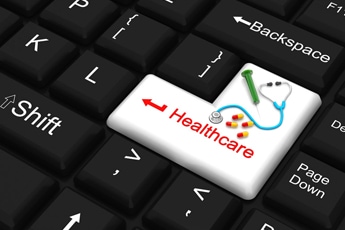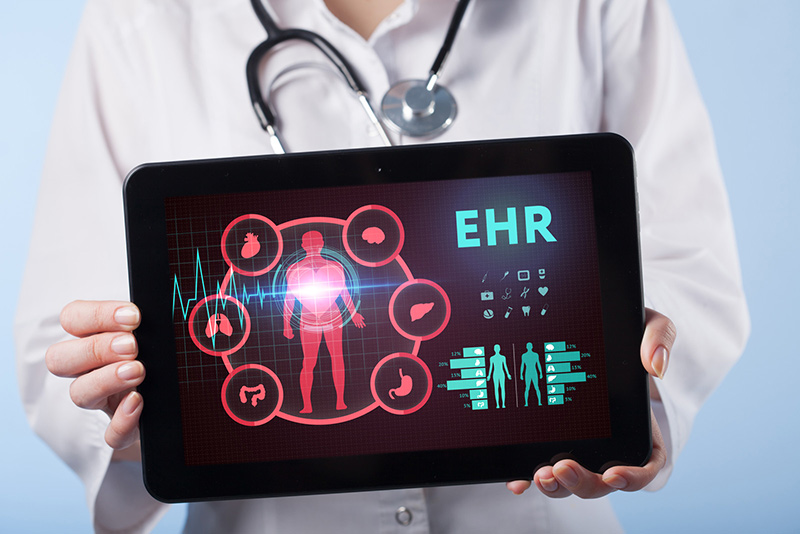The electronic health record or EHR is no longer a novelty and most healthcare organizations have already implemented the same. EHR votaries highlight its advantages as regards simplifying processes such as medical chart review, which is important both in the medical and legal sense. Now we see healthcare entities increasingly turning to technology to handle challenges associated with business costs, patient health outcomes, PHI, and data reporting to CMS. EHRs have become fundamental now throughout healthcare with healthcare practices continuing to enhance their business and technology capabilities.
While it is a fact that EHR adoption has increased significantly, skilled nursing facilities (SNF) seem to be lagging behind acute care settings in EHR and HIE use. This was revealed by the Office of the National Coordinator for Health IT in their first nationally representative survey on EHR adoption and health information exchange (HIE) among skilled nursing facilities. However, late adoption of EHR/HIE could be advantageous for long-term care providers. Most significantly, late adopters can learn crucial facts from early adopters.
When EHR technology first began making its way into healthcare settings, it encountered a great deal of resistance from providers who were used to dictating their notes, and relied heavily on handwritten documents and paper charts. What bothered healthcare professionals most was that EHR implementation meant less time with patients and longer workdays to complete computer work they couldn’t complete in the office. However, now doctors have become more tech-savvy and increasingly use smartphones, tablets and other electronic devices and they are more inclined to use EHRs without much ado. An important thing to consider is the advances made in EHR technology that have made the electronic health record more user-friendly and customized.
Since physicians and other clinical staff have expressed their requirements clearly, EHR vendors have strived to evolve their technology to be much more user-friendly. Here are some of the improvements brought in.
- The number of clicks and drill down screens have been reduced
- Better user experience and minimal errors are ensured now with drop-down menus and more intuitive technology
- The functionality of EHR software has been extended with the help of modules developed to provide users with valuable business and financial insights
- These also provide easier ways of doing things as well as safety checks to help enhance patient care.
Late adopters of the EHR can learn from their peers and stand to benefit from an increased probability of enjoying optimized use of EHR.
Long-term care providers such as SNFs can communicate with EHR vendors and find out what type of integration they enable. They can also check with other hospitals and SNFs regarding how they are using advanced technology.
- Leaps in technology such as easier user interfaces, applications that run on multiple footprints, and better interoperability are advantages for late EHR adopters.
Regarding interoperability, EHRs still have a long way to go. Silos have to be broken down so that the EHR information is easily accessed and shared across HIEs as well as among hospitals, SNFs, group homes, and other post-acute care settings. This is considered a major challenge because there are several viewpoints about how this can be achieved, and it can be costly as well.
Late adopters have benefits to enjoy, that’s true. But they have some challenges to handle as well. They must of course research technology and bear with the transition to electronic health records. This means implementing training and providing the required support to their already busy employees. We can say that the benefits will ultimately outweigh the challenges, and the EHR will provide more consistent access and sharing of information in the post-acute care setting. This is most important from the point of view of providing flawless, optimal care for patients. Moreover, the electronic health record system is advantageous for medical peer review and medical chart review processes that are important in medical litigation. So, early or late, EHR implementation is significant in any healthcare setting because it ensures tangible benefits for both providers and patients.


 Long-term care providers such as SNFs can communicate with EHR vendors and find out what type of integration they enable. They can also check with other hospitals and SNFs regarding how they are using advanced technology.
Long-term care providers such as SNFs can communicate with EHR vendors and find out what type of integration they enable. They can also check with other hospitals and SNFs regarding how they are using advanced technology.

